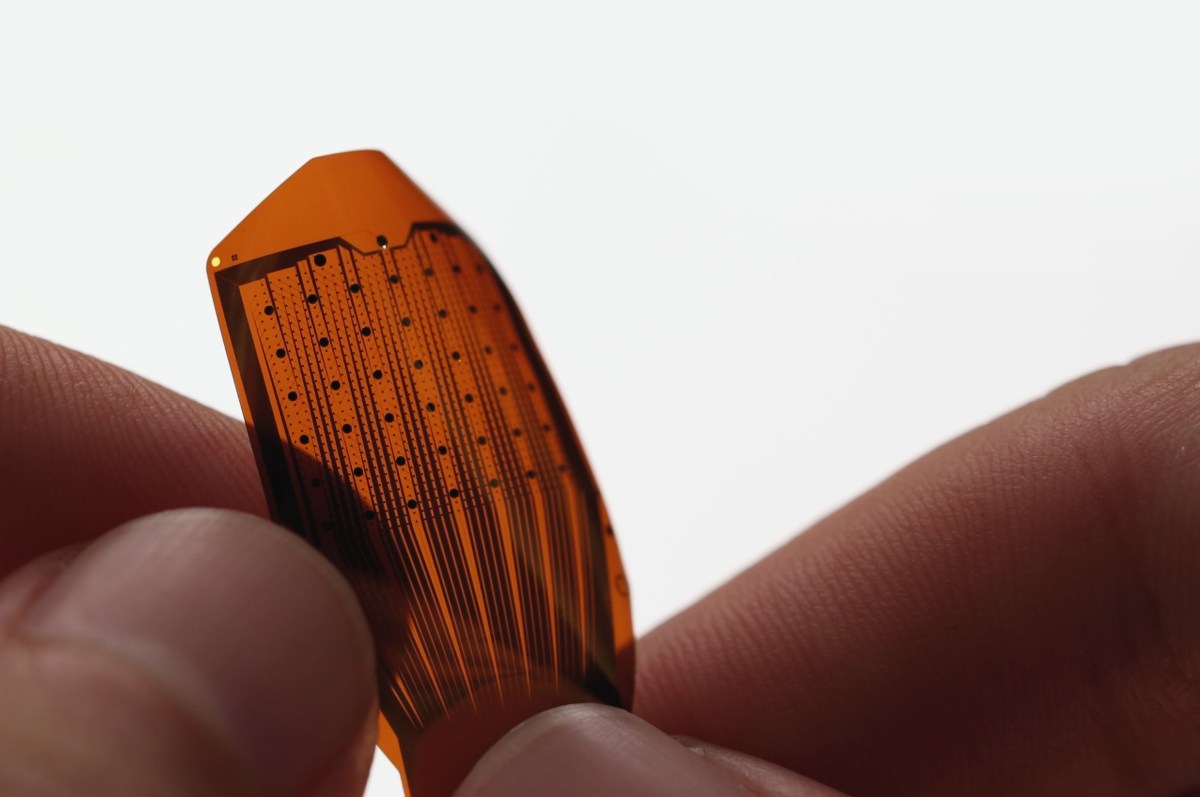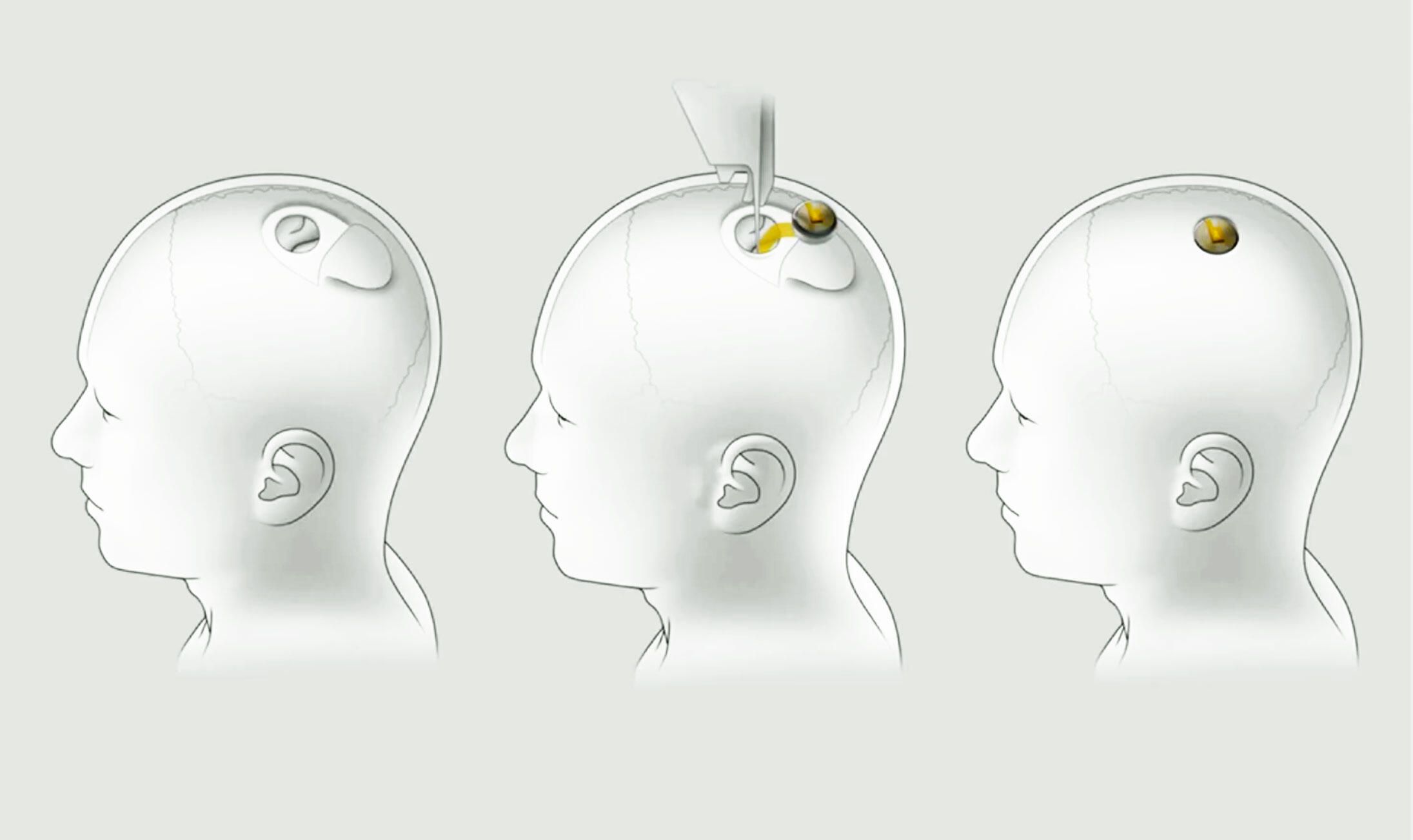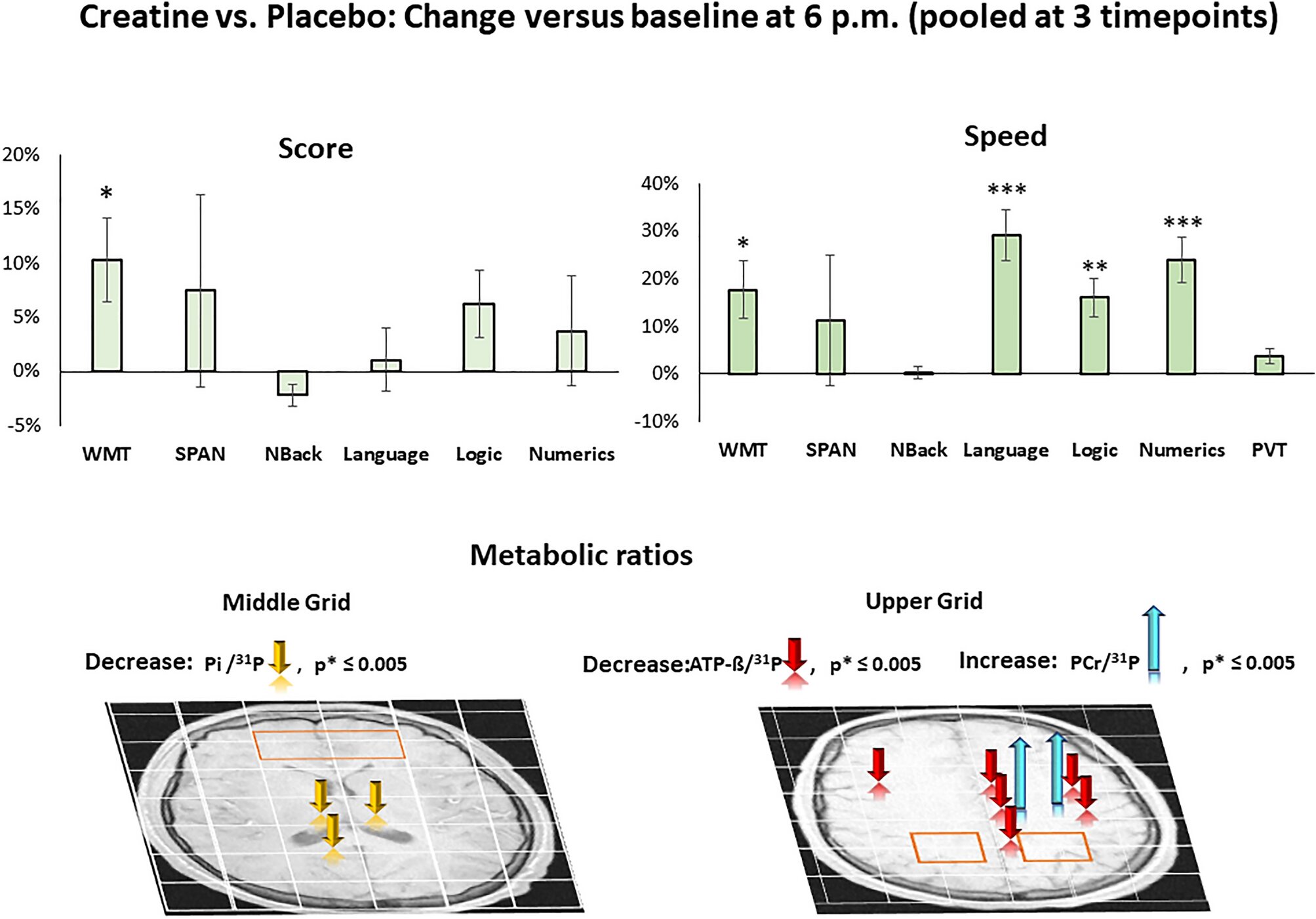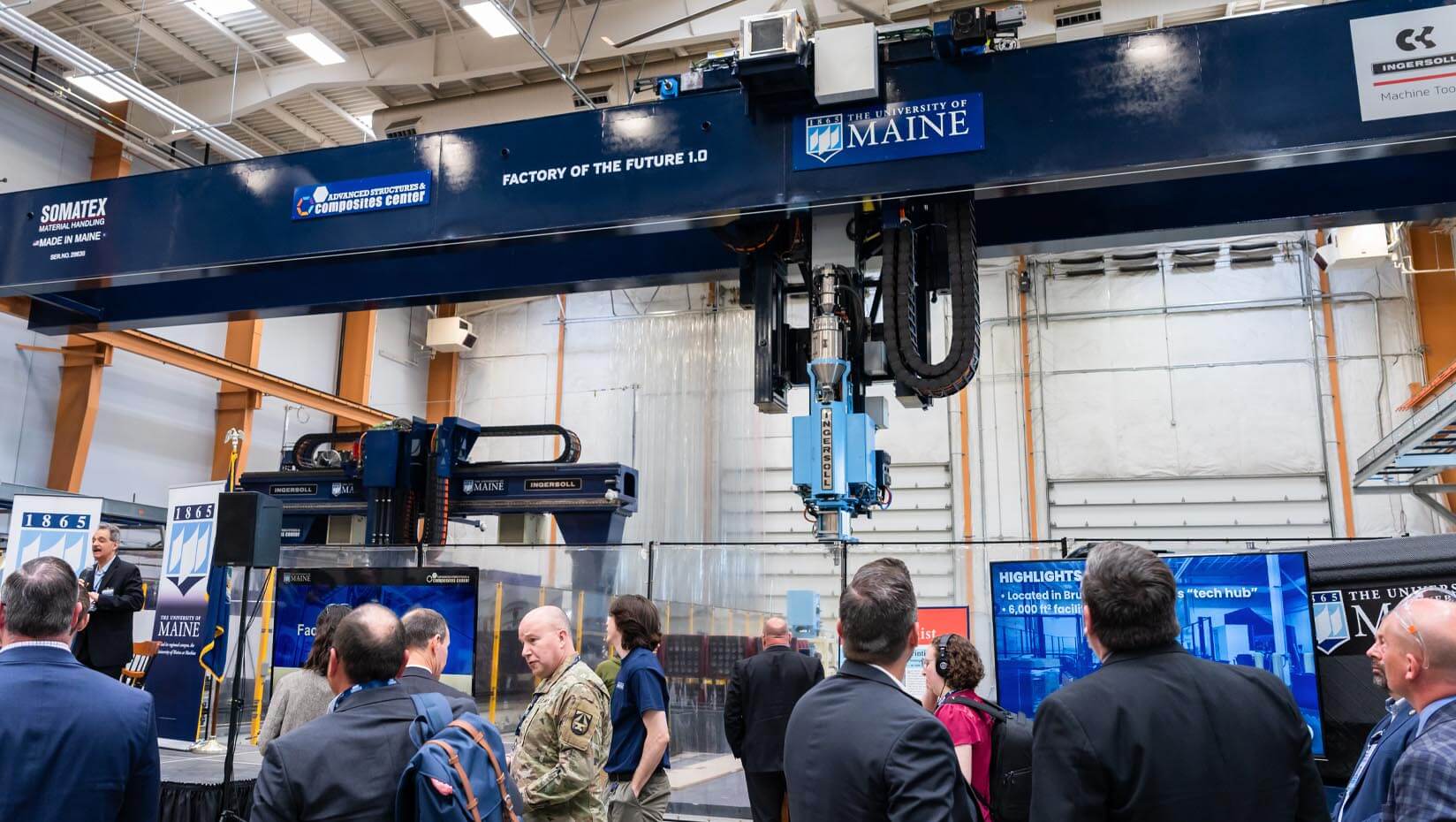
Precision Neuroscience is making brain implants safer, smarter and reversible
Brain researchers have relied on devices called microelectrode arrays for decades, but the technology behind these tools is increasingly outdated. Precision Neuroscience is building a modern alternative that’s not only an order of magnitude better, but far less invasive to put in. With a newly raised $41 million in the bank, they’re all set to embark on the complex path to market.
In order to understand what’s going on in the brain, sometimes an EEG or MRI from outside it just isn’t enough — you need to really get in there. Implanted electrodes have been used for this purpose for a long time, and arrays of them in formation are used to collect information from multiple points within the cortex at the same time.
But while an electrode array a couple dozen strong is invaluable in a research setting, it simply isn’t enough for something like a functional brain-computer interface. The information density is too low for the patient to, say, control a prosthetic limb or move a cursor on the screen. And you can’t just add more electrodes: because each one pierces the brain tissue and necessarily causes a small amount of damage, going from an array with 100 to an array with 1,000 will cause 10 times the damage.
Precision Neuroscience aims to solve both of these problems with the one major innovation: an ultra-thin electrode array that doesn’t need to pierce the brain at all, yet can collect hundreds of times more data than traditional arrays.










/cdn.vox-cdn.com/uploads/chorus_asset/file/24801728/Screenshot_2023_07_21_at_1.45.12_PM.jpeg)












